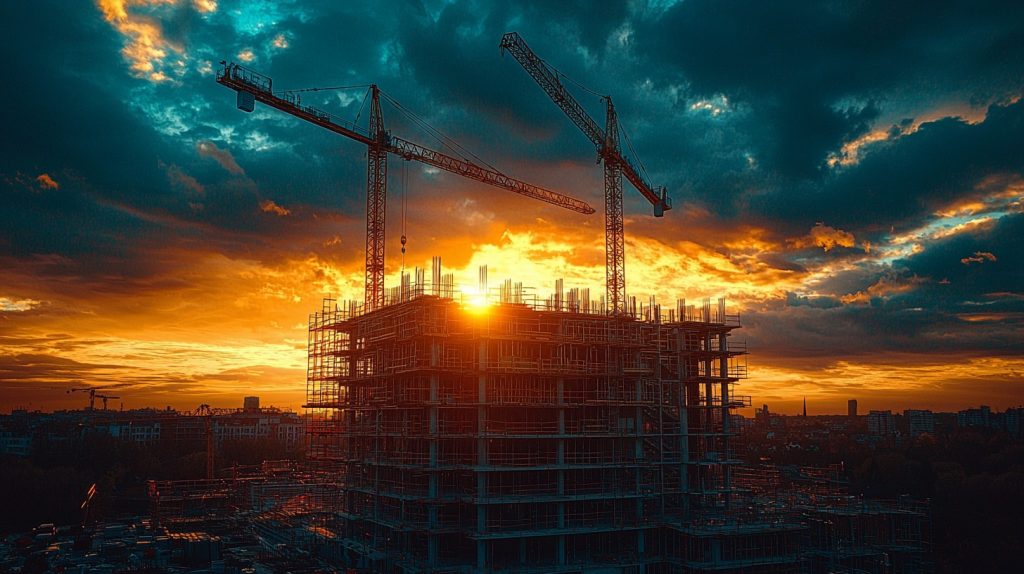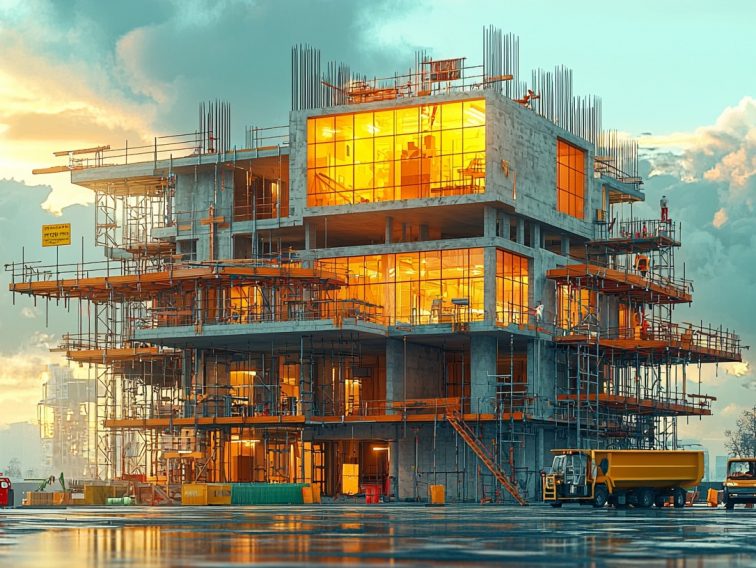No matter how skilled your construction team is, unexpected challenges are an inevitable part of the job. What sets exceptional teams apart is their ability to adapt, manage, and overcome obstacles with efficiency and precision.
Navigating the complexities of commercial and non-residential construction requires meticulous planning, seamless teamwork, and the flexibility to respond to changing circumstances. Exterior remodeling specialists, in particular, play a crucial role in addressing challenges specific to external structures and ensuring projects are completed to the highest standards.
While every project is unique, many challenges fall into a few common categories. This blog will explore these key obstacles and share effective strategies to anticipate and conquer them.
1. Budget constraints
Unexpected expenses and scope changes can strain a project’s budget. Managing costs effectively starts with detailed estimates and a clearly defined scope of work before construction begins. Precise planning minimizes the risk of surprise costs and helps maintain financial control.
Throughout the project, ongoing budget management is essential. Closely monitoring expenses and proactively addressing potential issues ensures financial stability. Transparency is equally critical — keeping clients informed about budget details fosters trust and accountability, creating a collaborative environment.

2. Tight schedules
Construction delays are common, often caused by factors like adverse weather or unforeseen site conditions. To stay on track, creating a realistic schedule that accounts for regional weather patterns and potential risks is vital. For example, factoring in snow or rain during winter months in the Mid-Atlantic region allows for better planning.
Global supply chain disruptions can also affect timelines, particularly when materials are delayed. Identifying long-lead items early, diversifying suppliers, and maintaining buffer stock can mitigate these risks. Regular updates, clear communication, and proactive problem-solving help keep projects on schedule, even when challenges arise.
3. Maintaining quality
Delivering high-quality construction requires consistent effort and attention to detail. It starts with selecting reliable subcontractors with proven expertise. Regular inspections throughout the project ensure work meets expectations and allows issues to be resolved quickly before they escalate.
A strong emphasis on craftsmanship ensures the final product stands the test of time, offering long-term value to clients. Quality isn’t just about meeting standards — it’s about exceeding them to create projects that perform well for years to come.
4. Ensuring safety
Safety is a top priority on any construction site, requiring a proactive and tailored approach. Beyond standard practices like using PPE and maintaining organized work areas, some projects demand specific safety protocols, such as clean room standards or additional security measures for occupied sites.
Regular training, safety audits, and strict adherence to guidelines help mitigate risks and foster a secure environment for everyone involved. A culture of safety not only reduces accidents but also boosts team morale and project efficiency.
5. Clear communication
Effective communication is the foundation of any successful construction project. Miscommunication can lead to errors, delays, and frustration, while clear and open dialogue ensures the team stays aligned and problems are resolved quickly.

A strong communication plan outlines channels, information flow, and regular touchpoints. Tools like project management software help streamline updates and keep everyone on the same page. Transparent communication builds trust and ensures that every team member is working toward the same goals.
Thriving through challenges
From clear communication to proactive planning, exceptional teams are built to tackle challenges head-on. Detailed estimates and defined scopes, combined with consistent budget monitoring, keep costs under control. Realistic scheduling and adaptability reduce the impact of delays, while strong subcontractor relationships and regular inspections ensure quality standards are met.
A tailored approach to safety keeps everyone protected, while intentional, effective communication prevents misalignment and facilitates quick problem-solving.
Although no team can anticipate every obstacle, experienced professionals with the right strategies can navigate challenges effectively. With over 130 years of expertise, we have the knowledge and skills to prevent or resolve your project’s toughest hurdles, ensuring success every step of the way.




